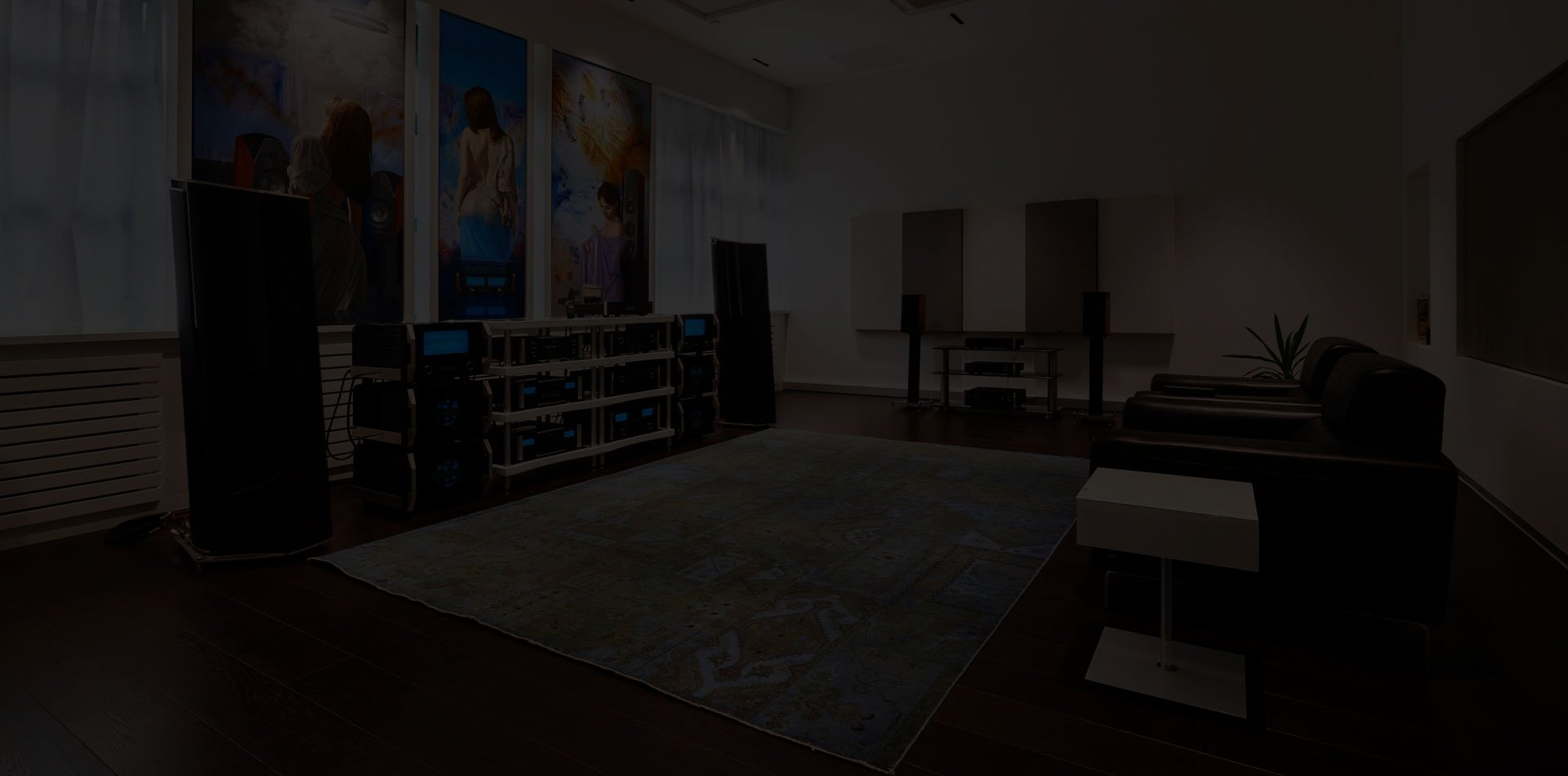DO NOT SELL OR SHARE MY PERSONAL INFORMATION
OPT-OUT REQUESTS FOR US STATE RESIDENTS
At McIntosh Laboratory, Inc., we use your information to help deliver the best experience and to keep you informed of offers, special promotions and new products. We do not directly exchange personal information for financial remuneration, such as monetary compensation. However, the consumer privacy laws of certain US states, including California, Colorado, and Connecticut define the term "sale" in a manner that includes disclosures of Personal Data in exchange for anything of value, such as other information. These states’ laws, as well as laws in Utah and Virginia, also regulate the use and disclosure of Personal Data for targeted or cross-context online behavioral advertising.
Where they apply, these states’ laws give residents of these states the right to opt out of the use and disclosure of their Personal Data for targeted or cross-context online behavioral advertising, and in the case of California, Colorado, and Connecticut, from "sales" of their Personal Data as defined by the laws in those states. For more information, please see our Privacy Policy.
To opt out of online "sales" of your personal information and the use and disclosure of personal information for targeted or cross-context online behavioral advertising, please visit our preference center, and click the "Reject All" button, and then click "Confirm My Choices." Please note that your preferences will only apply to this website and only to the browser and device you are using at the time you make the selection. You will need provide your preferences for each browser on each device you use, and on each website of ours that you access, to make the opt out effective on those other browsers, browsers, devices, and websites.
RESIDENTS OF CALIFORNIA, COLORADO, OR CONNECTICUT
If you are a resident of California, Colorado, or Connecticut and would like to exercise the right to opt-out of offline "sales" of your personal information, such as to our dealers or distributors, you or the authorized agent that you authorize to act on your behalf may submit a request to us by completing the form below, calling us at 1-800-538-6576, or emailing us at [email protected].
